Moxa ioLogik E2260 Manual
Læs gratis den danske manual til Moxa ioLogik E2260 (89 sider) i kategorien Ikke kategoriseret. Denne vejledning er vurderet som hjælpsom af 24 personer og har en gennemsnitlig bedømmelse på 4.6 stjerner ud af 12.5 anmeldelser.
Har du et spørgsmål om Moxa ioLogik E2260, eller vil du spørge andre brugere om produktet?

Produkt Specifikationer
| Mærke: | Moxa |
| Kategori: | Ikke kategoriseret |
| Model: | ioLogik E2260 |
| Ethernet LAN-porte (RJ-45): | 1 |
| Dimensioner (BxDxH): | 115 x 79 x 45.63 mm |
| Understøttede netværksprotokoller: | Modbus/TCP, TCP/IP, UDP, DHCP, Bootp, SNMP, HTTP, CGI, SNTP |
| Strømforbrug: | 282 mA |
| Antal kanaler: | 10 kanaler |
| Isolering: | 3 kV |
| Nøjagtighed: | +/-0.1% FSR @ 25°C\n+/-0.3% FSR @ 60°C\n+/-0.3% FSR @ -10°C |
| Seriel grænsefladetype: | RS-485 |
| Indgangsimpedans: | 625000 ohm (Ω) |
| Relativ luftfugtighed: | 5 - 95 % |
| Kabeltype: | AWG |
| Modultype: | Digital |
| Signalretning: | Indgang/udgang |
| Kanaltype: | Håndvask kanal |
| Elektrostatisk afladning association (ESD): | 15 kV |
Har du brug for hjælp?
Hvis du har brug for hjælp til Moxa ioLogik E2260 stil et spørgsmål nedenfor, og andre brugere vil svare dig
Ikke kategoriseret Moxa Manualer

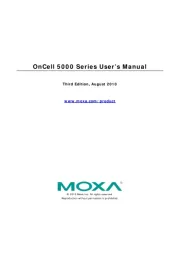
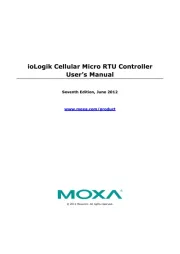
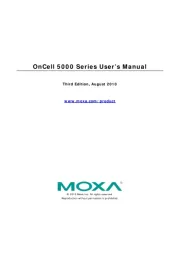
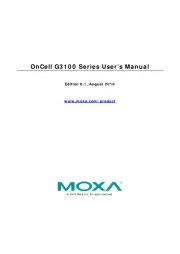
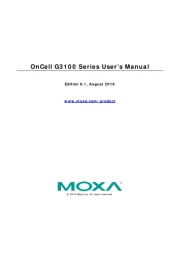
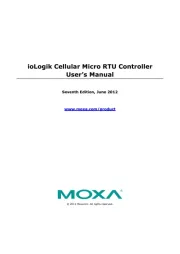
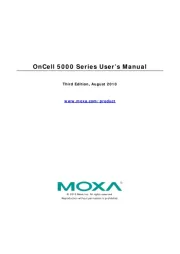
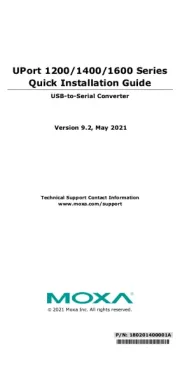

Ikke kategoriseret Manualer
- Digi-Pas
- Absima
- Muama
- Metronic
- Japannext
- Meradiso
- Clever Family Homes
- Paasche
- QNAP
- Redrock Micro
- Covercraft
- Lancom
- TC Helicon
- Infinity
- Dobar
Nyeste Ikke kategoriseret Manualer









